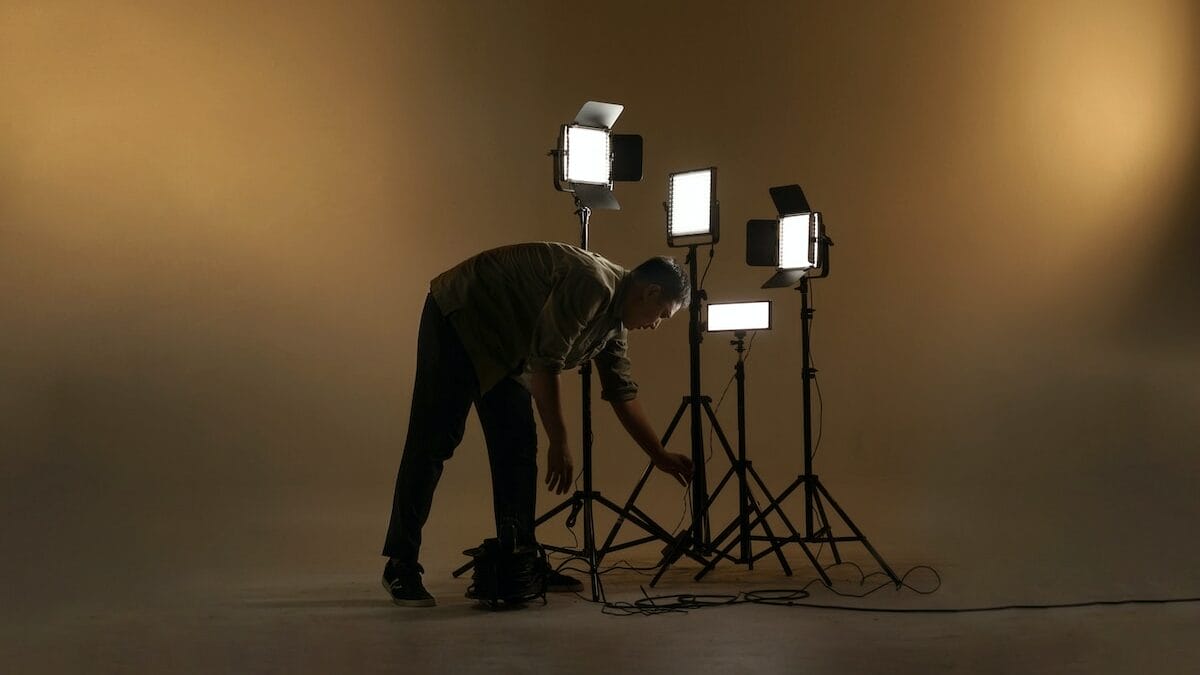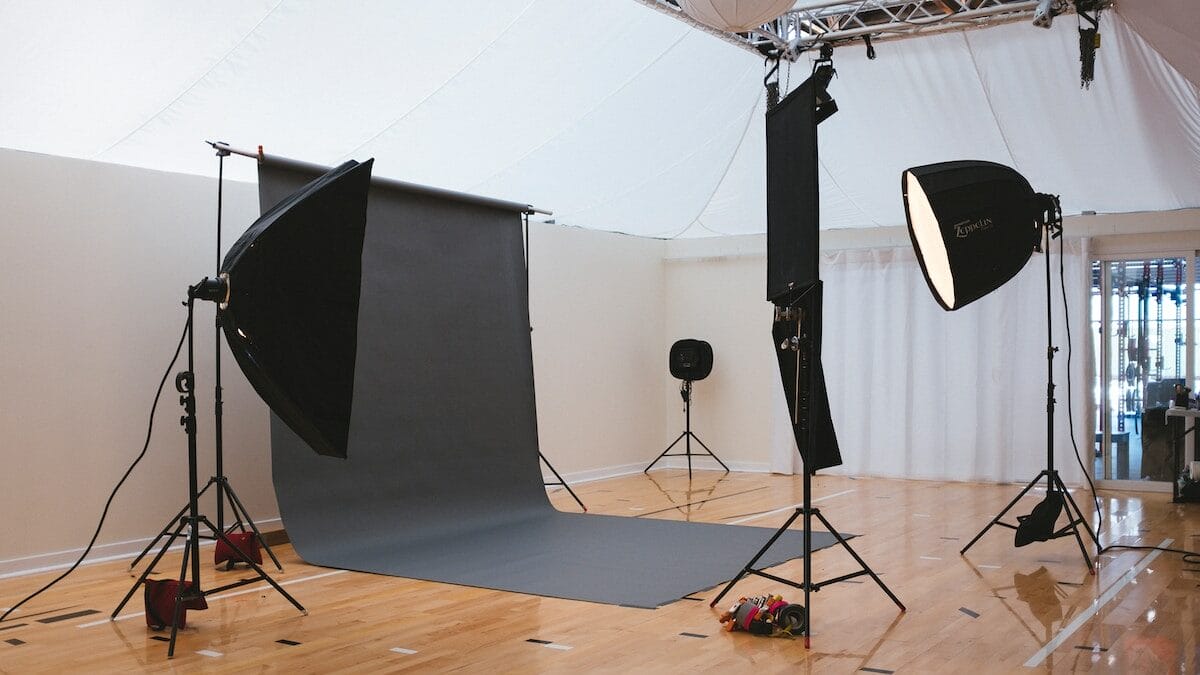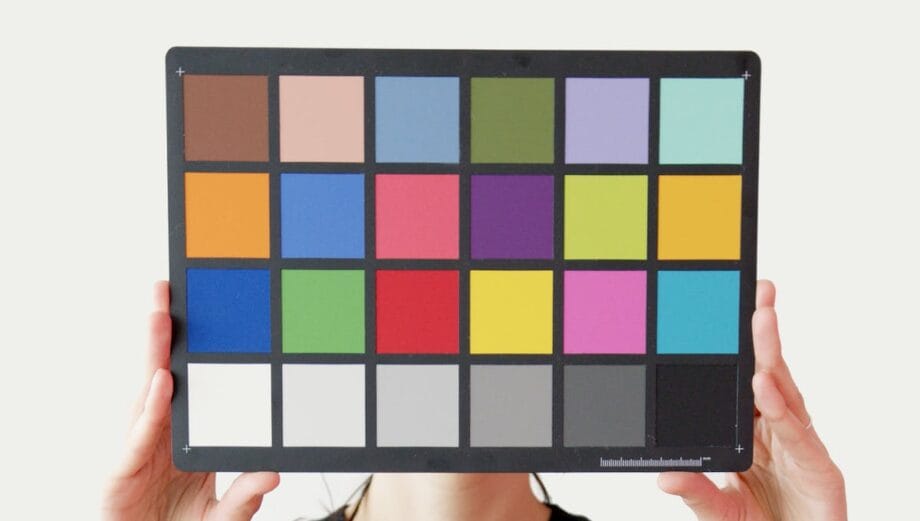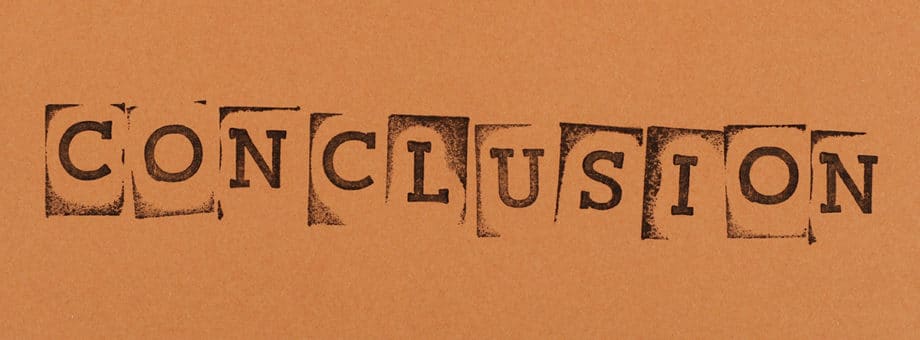Beginning a photo studio business may be the most exciting enterprise you can embrace to transform your passion for photography into profit. The demand for professional photography is always increasing in different sectors and individuals.
In general, companies require professional photos for various purposes including social media content to product pages. Many also require services from professional photographers in such areas as family portraits and important life events like marriages.
The tools you have can determine the success of your studio, compromising the quality of whatever work you do and even ending dissatisfaction for your customers. Here are five key equipment for photo studio business that you will need.
1. A Quality Camera

Your photo studio business stands on the shoulder of a camera. More often than not you will use it to distill the essence of your subjects; be they portrait clients, products, or a variety of other things that come your way.
With this, every studio owner needs to be keen when looking for the most suitable camera. There is a need to balance budget, features, and performance.
Portrait and studio cameras should have good low-light performance and high-resolution sensors. That way, you will be able to capture all the details in controlled lighting.
Product photography, however, focuses on sharpness and color accuracy. Find a camera with good color fidelity and a large dynamic range for a genuine representation of the products.
For example, some of the most important considerations for one going into event photography include fast and dependable autofocus along with excellent performance in various lighting situations.
Consider the Canon EOS R6: Your Partner in Capturing Memories. It is a highly flexible and robust camera, excelling in all manners of photography to make sure that no priceless moment slips by you.
Related: Drone Photography Tutorial: 10 Tips for Better Drone Photos.
2. Photography Lighting

Your photos can only be better-lit. It makes your subjects three-dimensional, emphasizes details, and creates the atmosphere. If you want to produce professional results in your photo studio business, you need to invest in high-quality lighting equipment.
In studio photography, there are generally four types of lighting. These are:
- Background Light: used to brighten up the background and eliminate shadows.
- Hair Light: only meant to brighten a small part of your subject.
- Fill Light: used to show dimensions and brighten shadows.
- Key Light: provides continuous lighting.
So today, there is already a great number of lighting kits exists. The only difference between the offered models is their price and wattage. For instance, if you do close-up photography or have a small studio, some of the low-powered and compact lights may be adequate. In contrast, vast scenes may require more powerful strobes that can light the whole place uniformly in the case of larger studios.
3. Backdrops

Studio photography is built on a solid backdrop. These give your pictures a neat background and subsequently improve the general look of all your images. It is important to evaluate the backdrops for the photo studio business; color, versatility, and material are the major factors in choice. Remember, the backdrop you decide to use should correspond with your personal identity and photographer-ship.
4. Reflector

The quality and atmosphere of your resulting photographs can be greatly influenced by how well you control the light in your studio. For this control to be effective, the reflector is an important tool. This is a basic but efficient tool to maneuver natural or artificial lighting support systems.
The shapes, sizes, and surfaces of reflectors are different for one reason: to offer different lighting effects. For instance, the white reflector provides a soft, warm, and realistic fill light for portrait photography making it more compelling with reduced harsh shadows manifested in shaping skin uniformly.
The use of a silver reflector, on the other hand, reflects more light. It works exceptionally well for those occasions where you want to augment the existing light or provide a punch of brilliance to your subjects.
On the other hand, gold reflectors add a golden tone to your pictures and such shade is perfect for a warm and welcoming feeling. You can also try out different reflectors and learn their peculiar advantage when it comes to your photography.
See also: Top 10 Best Digital SLR Cameras (DSLRs).
5. Color Checker Tool

Firstly, in a photo, color is crucial for the recognition of details. Nonetheless, minor color shifts or distortions may be caused by multiple conditions such as camera sensors, various lens coatings, and different lighting conditions.
This is where we need the color checker. It acts as the source of color truth and helps guarantee that your photographs’ colors approximate those of their original subjects, such as a colorful scene in nature, a product for eCommerce, at auction sites, or a bridal shoot.
Color checkers generally contain a matrix of specific color patches carefully chosen to represent different hues and tones. These patches imitate several colors of the human world, for example, from deep blue to vibrant red.
This is some basic equipment which can cost you $30 or $150. The investment is worth it considering that the quality as well as integrity of your photos is significantly improved.
Addition: Client Comfort and Accessories

Apart from having studio essentials, attention should also be paid to the comfort of your clients and their general experiences. To create a welcoming and enjoyable environment that can enhance client satisfaction and the overall success of your photoshoots, consider the following aspects:
- Client Seating Area: Include a comfortable sitting arrangement within your studio where clients can rest waiting for the next shots or intermissions. This will not only make them feel comfortable but also give you a professional touch in your studio.
- Changing Rooms: Therefore, if you have photography sessions that involve changing outfits, it is important to make sure your clients get private and well-equipped changing rooms. It ensures the privacy of your clients as they shift their attire.
- Refreshments: Providing water, coffee or even light snacks can go a long way, especially during prolonged photoshoots. It keeps the clients motivated and satisfied during the session.
- Ambiance: Take note of the general atmosphere in your studio. Create a soothing environment by adding things such as light, décor, and soft background music.
Marketing Materials
In promoting your photography studio, you will need to embrace a wide variety of marketing materials. Here are some key elements to consider:
- Business Cards: Create and print business cards with your studio name, your name as the photographer, contact details, and a range of your best photos right in front. These cards act as a physical memory of your services and are useful for networking events and referrals.
- Brochures: Prepare informative brochures that display your studio’s work, services, and any special offers. Brochures are a readily available source of information for prospective clients to understand what your studio has in store to offer.
- Professional Website: A firm online presence is imperative in the current digital era. Get a professional website that showcases your photography portfolio, tells the story of your studio, and facilitates easy ways for potential clients to contact you. Make your website mobile-friendly and treat it from the SEO perspective to make it discovered serendipitously.
- Social Media: Use Instagram, Facebook, or Pinterest to present your work and connect with your audience. Building of online presence by regularly posting high-quality images, behind the scenes, and client testimonials can also lead to potential clients.
- Online Advertising: Think about online ad spots (e.g., Google Ads, social media). With targeted ads, you can promote the photography services to a given audience segment.
- Email Marketing: Create a mailing list of prospects and customers and use it for the distribution of newsletters or special offers via e-mail. Client retention and re-engagement is possible through the use of email marketing.
With the help of these marketing strategies, your photography studio will be promoted effectively and draw clients into this highly competitive industry.

Continuous Learning
For example, like in any developing art photography does not stand still and learning is very important here. You may also want to invest in photography courses and workshops to develop your skills and stay current with industry trends. Consider:
- Courses and Workshops: Enroll in courses, workshops, and webinars to learn new skills.
- Online Resources: Explore photography forums, blogs, and YouTube channels for tips.
- Photography Books: Invest in books by pros to deepen your knowledge.
- Associations: Join local photography groups for networking and learning.
- Conferences: Attend industry events for insights and networking.
- Practice and Experiment: Regularly shoot, try new techniques, and challenge yourself.
- Feedback: Seek critiques to identify areas for improvement.
- Mentorship: If possible, find a mentor for personalized guidance.
- Certifications: Consider formal programs for recognition of your skills.
Legal and Insurance Considerations
Make sure you are legal by registering the business and getting any permits that may be required. Also, not forgetting to get insured for your equipment and liabilities is key.
Networking
Creating a network with other photographers and industry professionals can lead to collaborations and referrals. Go to:
- Industry Events: Attend photography exhibitions, trade shows, and workshops to meet industry peers.
- Online Communities: Join photography forums, social media groups, and platforms like Instagram to connect with fellow photographers.
- Local Photography Clubs: Participate in local photography clubs or associations to build relationships within your community.
- Collaborative Projects: Collaborate with other photographers on projects, workshops, or events.
- Professional Organizations: Join photography associations and organizations to access a broader network.
- Networking Events: Attend networking events and conferences specific to your photography niche.
Related: Photography Marketing: 10 Easy Photography Marketing Ideas.
Takeaway

Hence, these critical tools are the necessary capital for starting your photo studio business. The authenticity, ambiance, and excellence of every photograph you create rely on each piece of equipment. Your voyage into photography all starts with the right gear. That said, everything about your pictures depends on it, directly or indirectly, from lighting to composition, and even how visually appealing they look.





